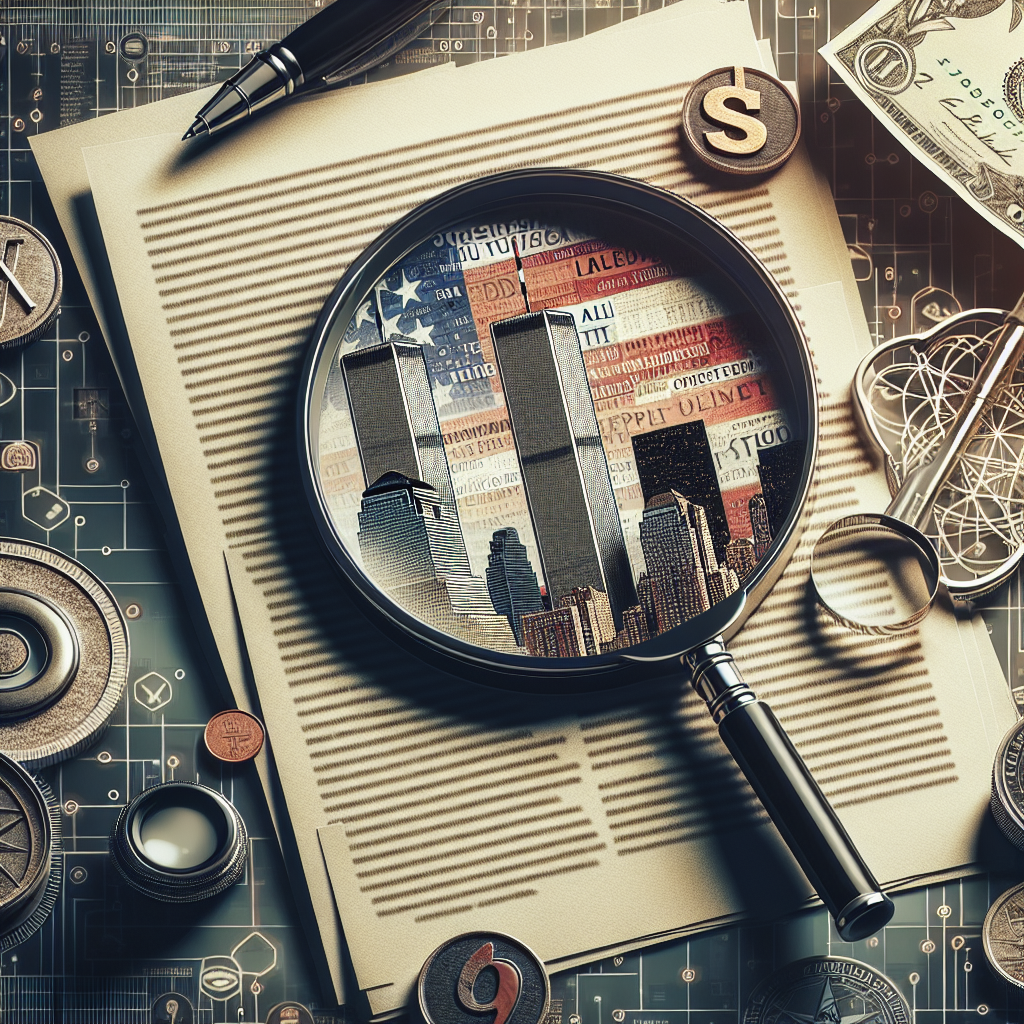Unveiling the 9/11 Conspiracy Theories: Separating Fact from Fiction
- Chris Ramage
- Aug 17, 2024
- 3 min read

The tragic events of September 11, 2001, commonly known as 9/11, shook the world to its core. The terrorist attacks on the World Trade Center in New York City and the Pentagon in Washington, D.C., left an indelible mark on our history and collective memory. However, in the aftermath of this devastating day, numerous conspiracy theories have emerged, attempting to challenge the official narrative. In this editorial, we delve into some of the most controversial conspiracy theories surrounding 9/11, exploring the evidence, motivations, and impact they have had on society.
The Controlled Demolition Theory
One of the most prevalent conspiracy theories surrounding 9/11 is the belief that the collapse of the Twin Towers was not solely due to the impact of the planes but rather a controlled demolition orchestrated by the government. Proponents of this theory point to the rapid and symmetrical collapse of the buildings, which they argue resembles controlled demolition rather than the result of structural damage from the plane crashes. Additionally, the presence of molten steel and eyewitness accounts of explosions in the buildings have fueled suspicions of a cover-up.
The Inside Job Theory
Another widely circulated conspiracy theory posits that elements within the U.S. government had prior knowledge of the attacks and may have even played a role in orchestrating them. Allegations range from claims of government complacency to more extreme accusations of active involvement in planning and executing the attacks. Critics of this theory argue that such a large-scale operation would require the involvement of numerous individuals, making it unlikely that the government could keep it a secret for so long.
The Pentagon Plane Crash Controversy
The attack on the Pentagon has also been the subject of intense scrutiny and conspiracy theories. Some skeptics question the official narrative that Flight 77, a commercial airliner, crashed into the Pentagon, citing the lack of visible debris and the size of the impact site. Alternative theories range from the plane being shot down to claims that a missile, rather than a plane, caused the damage. However, extensive investigations and eyewitness testimony have largely refuted these alternative explanations.
The Role of Media and Technology
The proliferation of conspiracy theories about 9/11 has been facilitated by the rise of social media and online platforms, allowing misinformation to spread rapidly and reach a wide audience. In an era where anyone can create and share content online, distinguishing between credible information and conspiracy theories has become increasingly challenging. The power of technology to shape public perception and influence beliefs is evident in the enduring conspiracy theories surrounding 9/11.
Impact on Society
The prevalence of conspiracy theories about 9/11 has had far-reaching consequences, shaping public discourse, influencing political narratives, and eroding trust in institutions. Skepticism towards official accounts of historical events is not uncommon, but the extent to which conspiracy theories have permeated mainstream consciousness highlights the need for media literacy and critical thinking skills. By engaging with these theories critically and analytically, we can better understand the complexities of historical events and guard against the spread of misinformation.
As we navigate the intricate web of conspiracy theories surrounding 9/11, it is essential to approach these narratives with a discerning eye and a commitment to seeking the truth. While skepticism can be a healthy impulse, unchecked belief in unfounded theories can lead to division, mistrust, and a distortion of historical reality. By examining the evidence, listening to experts, and engaging in informed discussions, we can separate fact from fiction and honor the memory of those who lost their lives on that fateful day.
In conclusion, the conspiracy theories surrounding 9/11 serve as a reminder of the complexity of historical events and the power of narratives to shape our understanding of the world. By critically evaluating these theories and engaging in constructive dialogue, we can move towards a more informed and nuanced perspective on one of the defining moments of our time.
So, let us continue to question, investigate, and seek the truth, for it is in our collective pursuit of knowledge that we honor the past and shape the future.
Remember, skepticism is healthy, but critical thinking is essential.
Disclaimer: The views presented in this blog post are for informational purposes only, and readers are encouraged to conduct their own research and analysis.


Kommentare